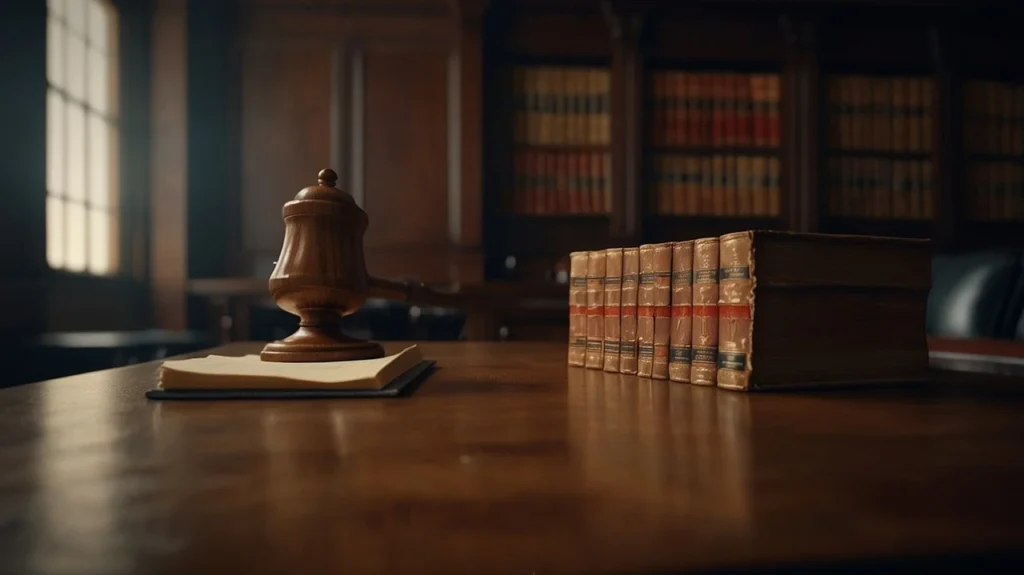Introduction

Comparative law is the study of differences and similarities between the laws of different countries. It is an essential field for understanding how legal systems operate across various jurisdictions and for gaining insights into how legal principles can be applied in diverse contexts. This comprehensive guide explores the key aspects of comparative law, its importance, methodologies, and practical applications.
Table of Contents


- Challenges in Comparative Law
- Case Studies
- Future Trends in Comparative Law
- FAQs About Comparative Law
- Conclusion
What is Comparative Law?

Comparative law involves the systematic comparison of legal systems, institutions, and concepts across different jurisdictions. The goal is to understand how different legal systems approach similar issues and to identify both unique and shared features.
Internal Links:
Importance of Comparative Law

Comparative law is crucial for several reasons:
- Enhancing Legal Knowledge: It helps scholars and practitioners gain a broader understanding of how different legal systems address similar issues.
- Legal Reform: Insights from comparative law can inform legal reforms by highlighting best practices and potential pitfalls from other jurisdictions.
- International Cooperation: It facilitates better cooperation and understanding among countries, particularly in international trade, human rights, and global governance.
- Cross-Border Transactions: Businesses engaged in international transactions benefit from understanding the legal environments of different countries.

Internal Links:
Methodologies in Comparative Law

Different methodologies are employed to study comparative law, each offering unique perspectives.
Functional Method
The functional method compares legal systems based on how they address similar functions or social problems. It focuses on the functions of legal rules rather than their specific forms.
Example: Comparing how different countries handle contract disputes, focusing on the underlying function of dispute resolution rather than the specific procedural rules.
Historical Method

The historical method examines how legal systems have evolved over time and how historical contexts have influenced legal development.
Example: Analyzing how the historical development of common law and civil law traditions has shaped modern legal practices.
Legal Transplants

Legal transplants refer to the adoption of legal concepts or rules from one jurisdiction to another. This methodology explores how and why legal ideas move between systems.
Example: The adoption of shareholder rights in corporate law from Anglo-American systems to other countries with different legal traditions.
Internal Links:
Key Areas of Comparative Law

Comparative law covers various areas, each providing insights into how different jurisdictions address similar legal issues.
Constitutional Law
Comparative constitutional law studies how different countries design and interpret their constitutions. It explores the balance of power, individual rights, and the role of judicial review.
Example: Comparing the separation of powers and constitutional checks and balances between the U.S. and parliamentary systems in Europe.
Criminal Law

Comparative criminal law examines how different legal systems define and punish criminal behavior. It includes studies of criminal offenses, procedural rules, and sentencing practices.
Example: Comparing approaches to sentencing for similar crimes, such as the death penalty versus life imprisonment.
Contract Law
Comparative contract law explores how different legal systems regulate contracts, including formation, performance, and enforcement.
Example: Comparing the principles of contract formation under common law and civil law systems.
Property Law

Comparative property law investigates how different jurisdictions handle property rights, transfers, and disputes.
Example: Comparing land ownership laws and property transfer processes in different countries.
Internal Links:
Challenges in Comparative Law

Comparative law faces several challenges, including:
- Cultural Differences: Legal systems are deeply rooted in cultural contexts, which can make direct comparisons challenging.
- Translation Issues: Legal terminology and concepts may not translate perfectly across languages, complicating comparisons.
- Variability in Legal Systems: Differences in legal traditions, structures, and procedures can make it difficult to draw meaningful comparisons.
Internal Links:
Case Studies
Case Study 1: Constitutional Review in the U.S. vs. Germany

This case study explores how constitutional review is conducted in the U.S. and Germany, highlighting differences in judicial review practices and their impact on constitutional law.
Case Study 2: Contract Enforcement in Common Law vs. Civil Law Systems
Analyze how contract disputes are resolved in common law and civil law jurisdictions, focusing on procedural differences and enforcement mechanisms.
Internal Links:
Future Trends in Comparative Law

Comparative law is evolving with emerging trends such as:
- Globalization: Increased international legal harmonization and cross-border legal issues are driving comparative studies.
- Technology: The impact of technology on legal systems, including data privacy and AI, is a growing area of interest.
- Human Rights: Comparative studies in human rights law are becoming more prominent as global standards evolve.
Internal Links:
FAQs About Comparative Law

What is the purpose of studying comparative law?
The purpose is to understand how different legal systems operate, identify best practices, and inform legal reforms and international cooperation.
How does comparative law impact legal reform?
Comparative law provides insights into how different jurisdictions address legal issues, which can guide the development and implementation of legal reforms.
What are some common methodologies in comparative law?

Common methodologies include the functional method, historical method, and legal transplants.
How can comparative law assist international businesses?

It helps businesses understand legal environments in different countries, facilitating smoother cross-border transactions and compliance.
What are the challenges in comparative law research?
Challenges include cultural differences, translation issues, and variability in legal systems.